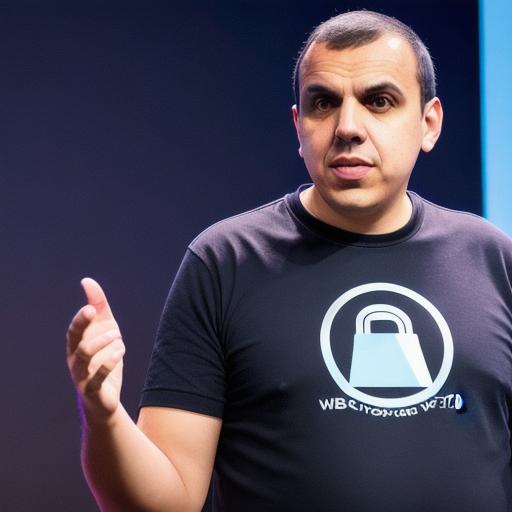Web 3.0 is the latest iteration of the internet, and it has the potential to revolutionize the way we interact with online data. This technology allows for decentralized storage, secure communication, and open access to information. In this article, we’ll explore the key features of Web 3.0, case studies of its implementation, and expert opinions on its potential impact.
What is Web 3.0?
Web 3.0 refers to the next generation of the internet, which aims to provide a more secure, decentralized, and open platform for online data storage and sharing. Unlike previous iterations of the internet, Web 3.0 does not rely on centralized servers or corporations to manage data. Instead, it leverages blockchain technology to create a distributed network that allows users to control their own data and interactions with others.

Key Features of Web 3.0
- Decentralization: Web 3.0 relies on a decentralized network of nodes to store and share data, rather than relying on centralized servers or corporations. This provides greater security and resilience against attacks or failures.
- Open Access: Web 3.0 enables open access to information, allowing users to share and view data without the need for permission from intermediaries. This can lead to more transparent and efficient information sharing.
- Smart Contracts: Web 3.0 allows for the use of smart contracts, which are self-executing agreements that can automate complex transactions and processes. This can streamline many industries and reduce the need for intermediaries.
Case Studies of Web 3.0 in Action
- Decentralized Social Media: platforms like Mastodon and Diaspora are using Web 3.0 to create decentralized social media networks that allow users to control their own data and interactions with others. This can lead to greater privacy and security for users, as well as more transparency and accountability for content moderation.
- Supply Chain Management: Web 3.0 is being used in supply chain management to create a more transparent and secure platform for tracking goods and verifying their authenticity. This can reduce fraud and improve efficiency in the supply chain.

Expert Opinions on Web 3.0
"Web 3.0 has the potential to transform the way we interact with online data, by providing greater security, privacy, and control for users," said Dr. Andreas Antonopoulos, a blockchain expert and author. "The decentralized nature of Web 3.0 can also lead to more transparency and accountability in many industries, which can have a positive impact on society as a whole."
Potential Impact of Web 3.0
Web 3.0 has the potential to revolutionize many industries, from social media to supply chain management. By providing greater security, privacy, and control for users, it can lead to more transparent and efficient information sharing. Additionally, the use of smart contracts can automate complex transactions and processes, leading to greater efficiency and reduced costs.
FAQs
1. What is Web 3.0?
Web 3.0 refers to the next generation of the internet, which aims to provide a more secure, decentralized, and open platform for online data storage and sharing.
- How does Web 3.0 differ from previous iterations of the internet?
Web 3.0 relies on a decentralized network of nodes to store and share data, rather than relying on centralized servers or corporations. It also enables open access to information and allows for the use of smart contracts. - What are some real-life examples of Web 3.0 in action?
Mastodon and Diaspora are using Web 3.0 to create decentralized social media networks, while supply chain management platforms are using it to provide greater transparency and security in the supply chain.
